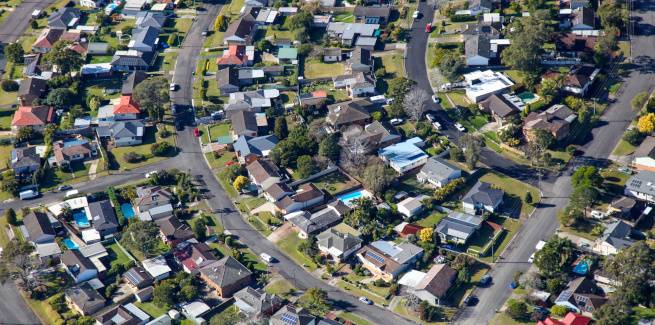Property research firm CoreLogic’s September home value index results revealed the national index posted the largest monthly gain since March 2017, largely driven by a strong rebound in Sydney and Melbourne where values were up 1.7 per cent over the month.
CoreLogic’s Hedonic Home Value Index reported that national dwelling values rose by 0.9 per cent over September.
This marks the second month of gains recorded by CoreLogic’s national home value index, which also reported a lift in the national value of housing by a cumulative 1.7 per cent since the market found a floor in May 2019.
The September gains were once again driven by stronger markets in Sydney and Melbourne where dwelling values increased by 1.7 per cent.
Housing values in Australia’s two largest cities have bounced back rapidly over the past two months. Sydney was up a cumulative 3.3 per cent and Melbourne was up 3.2 per cent in August and September.
CoreLogic head of research Tim Lawless said: “Although housing values are now consistently tracking higher, at least at a macro-level, the national index remains 6.8 per cent below the October 2017 peak, indicating that buyers still have some time to take advantage of improved housing affordability before values return to record highs.”
Housing values remain 11.9 per cent below their July 2017 peak in Sydney and 7.9 per cent below Melbourne’s November 2017 peak.
Mr Lawless attributed the strong rebound in Sydney and Melbourne housing markets relative to other regions to a variety of factors.
“While all regions are benefiting from low mortgage rates and improved access to credit, economic and demographic conditions in New South Wales and Victoria continue to outperform most areas of the country,” he said.
“Population growth is higher, unemployment is lower and jobs growth is stronger, providing a solid platform for housing demand.”
Higher levels of investor participation compared with all other states and territories could also be contributing to the rebound in Sydney and Melbourne housing markets, with the latest housing finance data from the Australian Bureau of Statistics (ABS) to the end of July showing investors comprised 32 per cent of mortgage demand across NSW and 26 per cent of Victorian mortgage demand.
“Although markets outside of Sydney and Melbourne aren’t showing the same recovery trend, most areas have either seen a reduction in the rate of decline or are seeing a modest trajectory of growth as low mortgage rates and a slight loosening in credit policy support buyer demand,” Mr Lawless said.
Brisbane house values rose by 0.1 per cent while values in Canberra rose by 1 per cent, making them the only other capital cities to record a rise. Values held firm in Adelaide.
Housing values in Hobart declined by 0.4 per cent, while Perth (0.8 per cent) and Darwin (0.2 per cent) continued their long run of losses.
“Although markets outside of Sydney and Melbourne aren’t showing the same recovery trend, most areas have either seen a reduction in the rate of decline or are seeing a modest trajectory of growth as low mortgage rates and a slight loosening in credit policy support buyer demand,” Mr Lawless said.
Mr Lawless concluded policy makers and regulators “appear to be comfortable with the housing rebound to date”.
“Potentially improved housing values and activity will help boost consumer attitudes and fuel spending as well as ease the downturn in residential construction activity,” he said.
“However, household debt levels reached new record highs relative to their incomes over the June quarter, suggesting the sector is vulnerable to a shock or change in household circumstances.”
[Related: Credit curbs in sight as housing rebound accelerates ]
 ;
;
